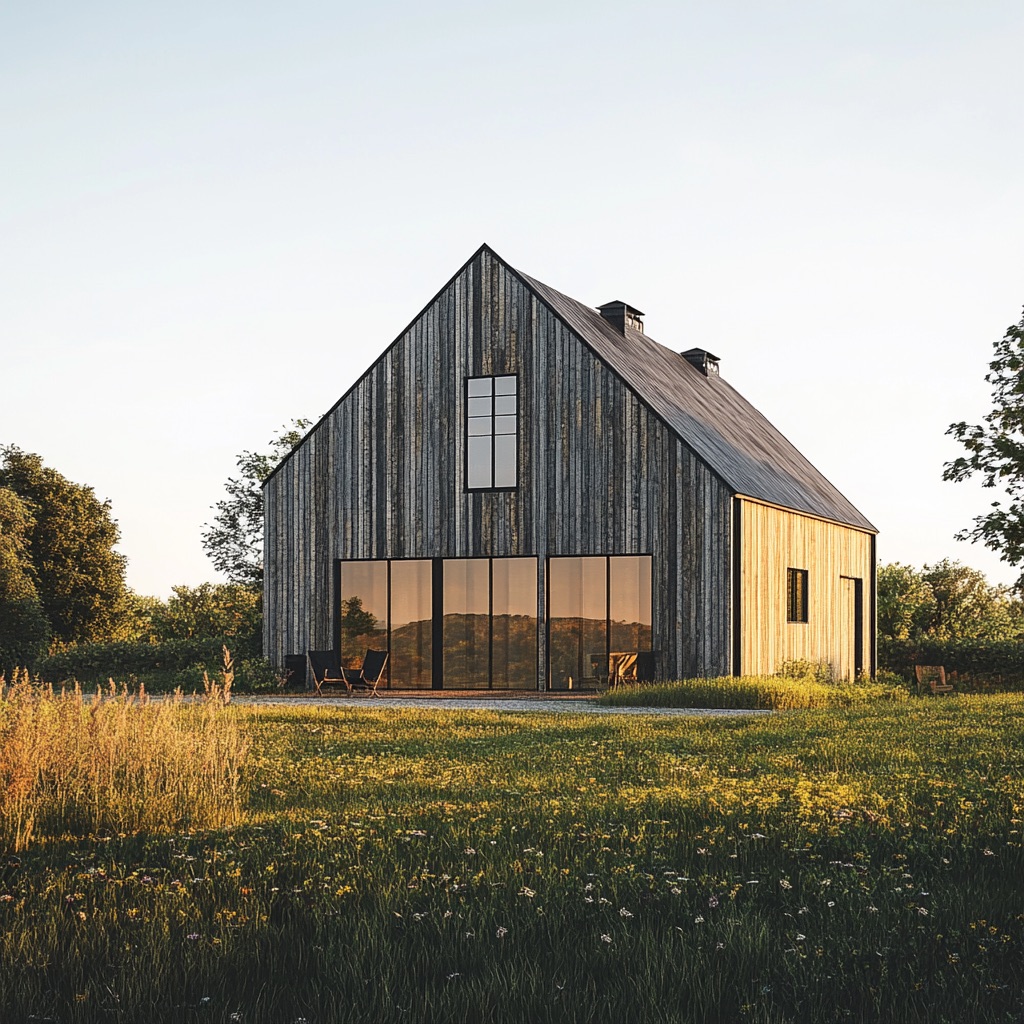Last updated on
American barns are soaked in farming cultures and date back many years. These were known earlier as the most essential buildings for a farming community that would store cattle, crops, and all sorts of equipment.
The designs of American barns have since been transformed to meet the changing needs over time. This thus offers not just that classical look but strength and durability as well. From this country have emerged numerous barn architectural styles that bear the stamp of local influence.
Ways of Increasing Usability of Your Requirements with American Barns

Detailed planning and design need to be taken into consideration to make the best out of American barns. Start by finding out the principal purpose of a barn. Is it a workshop or an animal storage facility or even both? The layout and features differ according to the primary use.
Consider how best to use available space inside the facility without using up too much precious floor space; mezzanines or lofts enlarge storage capacity. Large windows and doors will further ensure good ventilation and easy accessibility. Very important will be the control of the environment, as well as ensuring enough insulation, most especially against localized extreme weather conditions. If careful consideration were taken on the above points, you could possibly end up with a very workable American barn that will serve you for many, many years to come.
Evolution and Preservation of American Barns Throughout History
American barns have changed dramatically over the years because of advancements in agriculture and technology. Early types of barns were basically constructed from simple buildings comprising local materials like stone and wood. Indeed, the early designs of these barns gave little consideration to appearances but focused on the core functionality of holding a farmer’s produce.
Design of the barns changed with the nature of agriculture. New materials like concrete and metal permitted greater size and durability. Greater specialization appeared in clearly distinct designs for the different types of agricultural use. For example, there are cattle barns for drying grain and dairy barns that contain milking parlors.
Popularized in the 19th century, the red barn has been emblematic of American farming. The crimson paint was used as a coat to protect the wood from the elements as much as it was an aesthetic touch. You can see, despite all these innovations, most of these older barns are really in a bad state.
The preservation work will help in capturing cultural treasures such as these. It is relevant to an historic barn restoration, its historic integrity with traditional workmanship. Preservation can include renovating the barns for modern uses like houses and places for celebrations. Such adaptive reuse programs retain the historical significance of American barns by giving them new life.
American Barns: What to Consider in Building One
Putting up an American barns, a lot of care should be taken such that you end up with what you desire at the end. Location is the first thing to do. The place on which the barn will be located should be flat, and the place must be convenient and relevant for whatever you want to do with the barn. One should then consider the size and style of the barn.
Future needs should be envisioned and plans for future expansions to be considered. Give prime consideration to weather resistance and durability when selecting materials. Concrete, metal, and wood are among the popular choices with different kinds of advantages. While concrete and metal give more durability, wood provides a more conventional look to it. Healthful environment inside the barn is maintained by proper ventilation.
Ensure a strong base so that the building has a long life, and finally, make sure to follow all regional c regulations/laws. It is very important to respect zoning laws and take the necessary permits. At the level of construction itself, mistakes can prove very costly if advice is not sought. These elements will allow you to make a quite durable, useful, and resistant to damage America’s barn.
Recap




